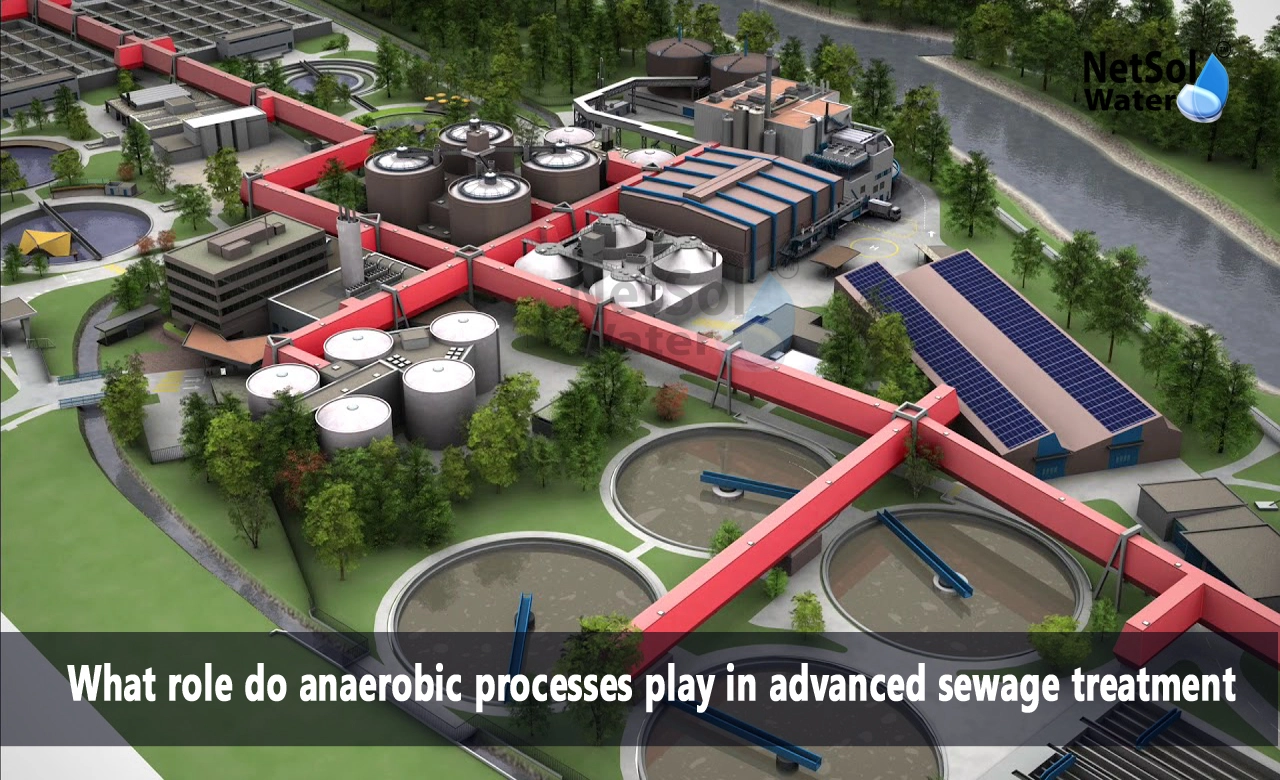What role do anaerobic processes play in advanced sewage treatment?
Anaerobic processes revolutionise sewage treatment plants. Cities develop and environmental rules tighten, driving facilities to embrace these novel technologies for effective wastewater handling. Let us look at the role anaerobic processes play in advanced sewage treatment.
The basics of the anaerobic process
Microorganisms surviving without oxygen break down organic materials in wastewater during anaerobic treatment. Sealed reactors house bacteria that absorb contaminants and produce biogas as a byproduct. Anaerobic treatment consumes less energy and produces less sludge than typical aerobic procedures, attracting many treatment plants.
Types of anaerobic reactors
Several anaerobic reactor types function in sewage treatment, each giving specific advantages:
1. Upflow Anaerobic Sludge Blanket (UASB) reactors
UASB reactors acquired broad adoption due to simplicity and effectiveness. Wastewater enters from the bottom and moves upward through anaerobic bacteria. This architecture promotes efficient contact between bacteria and contaminants, giving high treatment rates.
2. Anaerobic filters
These reactors include fixed medium beds where bacteria thrive. Wastewater travels through the filter, and the biofilm eliminates pollutants. Anaerobic filters excel at treating high-strength industrial effluent.
3. Expanded Granular Sludge Bed (EGSB) reactors
EGSB reactors improve UASB technology. They work at higher flow velocities, facilitating improved mixing and interaction between bacteria and wastewater. This results in greater treatment efficiencies, especially for low-strength municipal wastewater.
4. Anaerobic membrane bioreactors (AnMBRs)
AnMBRs combine anaerobic treatment with membrane filtration. This method produces high-quality effluent suited for reuse applications while generating biogas for energy recovery.
Benefits of anaerobic techniques in modern sewage treatment
1. Energy efficiency
Anaerobic treatment gives significant energy efficiency improvements. Unlike aerobic processes needing regular aeration, anaerobic systems operate without oxygen input. This leads to huge energy savings for treatment plants.
2. Biogas generation
Anaerobic processes yield biogas, principally methane and carbon dioxide. Treatment plants capture and use this biogas as a renewable energy source to power activities or input into the local energy grid. Some facilities attain energy neutrality or become net energy producers through efficient biogas utilization.
3. Reduced sludge production
Anaerobic treatment creates much less extra sludge compared to aerobic techniques. This lowers expenses for sludge handling, disposal, and treatment. The resulting sludge generally functions as a well-stabilized soil supplement or fertilizer.
4. Smaller footprint
Anaerobic reactors often require less area than standard aerobic systems. This attracts metropolitan regions where land scarcity drives up costs. The small size of anaerobic systems also facilitates easier retrofitting of existing treatment plants.
5. Ability to manage high-strength wastewater
Anaerobic methods excel at treating high-strength industrial effluent, which challenges conventional aerobic systems. Thisbenefits businesses including food and beverage processing, pulp and paper, and chemical manufacture.
Conclusion
Anaerobic processes play an increasingly essential role in advanced sewage treatment, delivering energy efficiency, resource recovery and compact design benefits. As technology progresses and environmental laws tighten, anaerobic treatment will likely become more popular in the wastewater business.
By carefully analysing anaerobic processe’s advantages, limits and practical features treatment plant operators can make informed judgments about implementing these revolutionary technologies. With correct design and implementation, anaerobic treatment contributes greatly to more sustainable and effective wastewater management techniques.
To explore customised commercial RO plants, Industrial RO plants, ETP or STP solutions for your needs in your areas and nearby regions, contact Netsol Water at:
Phone: +91-965-060-8473, Email: enquiry@netsolwater.com



